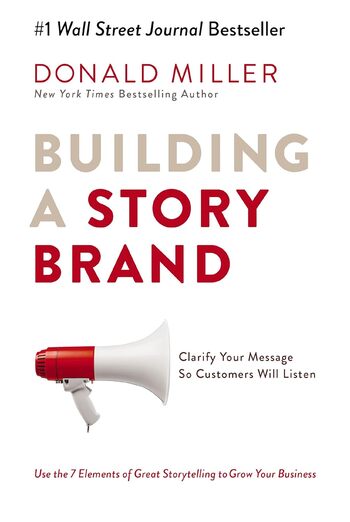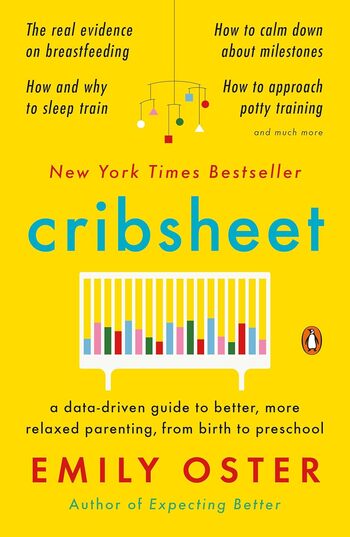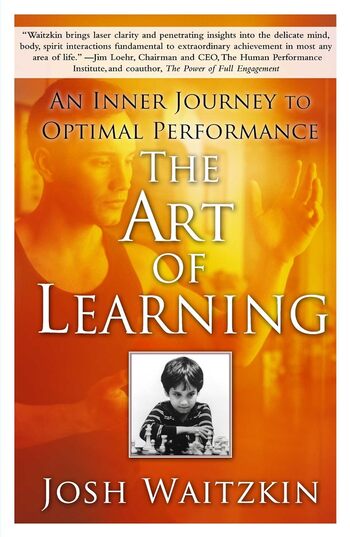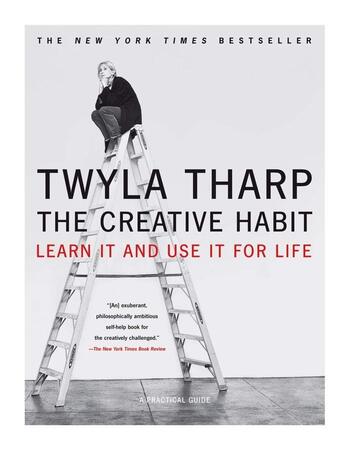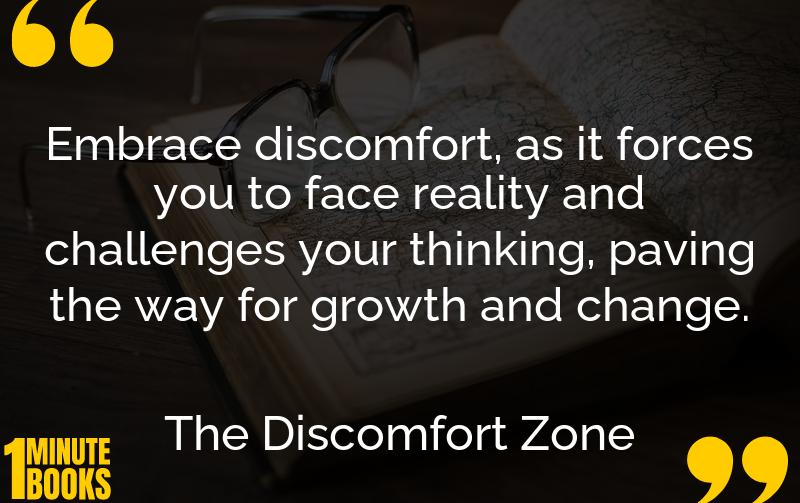
The Discomfort Zone by Marcia Reynolds teaches leaders how to turn difficult conversations into breakthroughs by utilizing discomfort to inspire new perspectives and foster growth.
Main Lessons
- Negative emotions can be catalysts for clearer thinking and problem-solving.
- Discomfort is necessary to break old biases and inspire innovation.
- Listening involves using not only the head brain but also the heart and gut brains.
- Building trust is vital for effective, open conversations.
- The DREAM framework guides breakthrough conversations: Determine, Reflect, Explore, Acknowledge, Make a plan.
- Determine the conversation’s goal for a clear purpose and direction.
- Explore biases to uncover blind spots in thinking.
- Encourage acknowledging learning and setting follow-up plans for lasting change.
- Active listening and empathy are crucial skills for dealing with sensitive topics.
- Discomfort zone conversations can transform professional and personal relationships.
- Recognizing conflicting motivations aids in understanding resistance to change.
- Use discomfort to tackle challenging issues and drive progress.
- Preparing by genuinely listening helps in creating impactful conversations.
- Face reality and negative emotions to encourage fresh solutions and growth.
